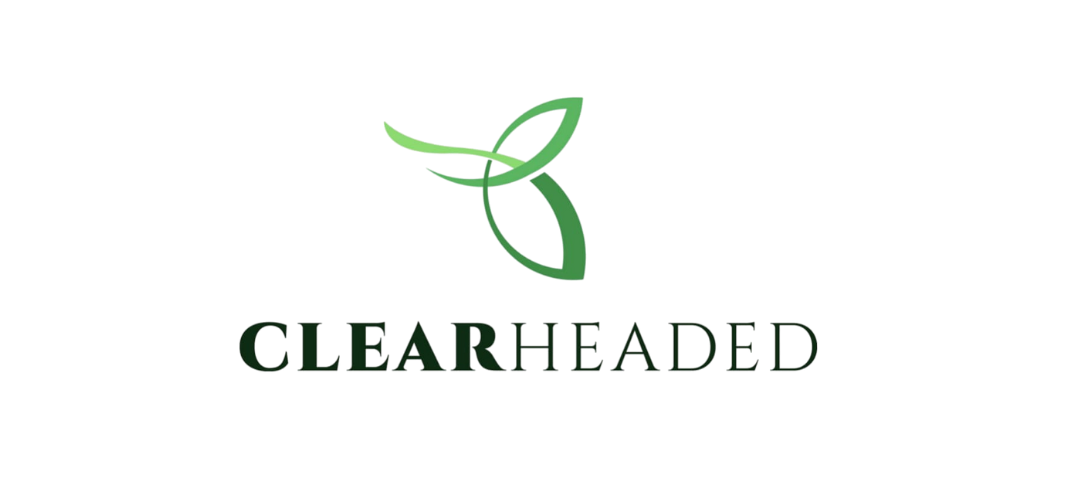The PTO Policy I Recommend for Small Businesses in the USA That Want to Stay Compliant and Fair
You’ve built a team—now it’s time to take care of them
If you're reading this, there's a good chance your business has grown beyond just you—and you're starting to realize that managing paid time off (PTO) isn’t as simple as "take it when you need it."
Maybe you've tried to keep things casual, telling your team to "just let me know" when they need time off. But now requests are overlapping, policies are unclear, and you're starting to feel the pressure of managing PTO in a way that’s both fair to your team and safe for your business.
You want your employees to feel supported, but you also want structure. You want to stay compliant, but you don’t want to overcomplicate things. And most of all, you don’t want your generosity to come back and bite you later.
In case we haven’t met…
I’m Danette, founder of Clearheaded. I help small business owners across Michigan and the U.S. create simple, clear HR systems that reduce risk, protect their team, and support long-term growth.
If you’re overwhelmed by compliance or just need someone to walk you through building better people policies, you’re in the right place. Learn more about our HR consulting support and how we help businesses like yours with compliance, clarity, and peace of mind.

What is a PTO policy?
A PTO (Paid Time Off) policy outlines how employees earn, request, and use paid time away from work. It can include vacation, sick leave, personal days, and sometimes even mental health or wellness days—depending on how you structure it.
The key is to define expectations clearly. Who is eligible? How much time do they get? Does it roll over? Are there black-out dates? Without written clarity, misunderstandings are inevitable.
PTO policy examples for small businesses
There’s no one-size-fits-all approach, but here are a few examples of how small businesses structure PTO:
Standard Accrual Model:
- Employees earn PTO based on hours worked or length of service (e.g., 1.25 days per month)
- PTO banks increase with tenure
Lump Sum Model:
- Employees are given a set number of days at the start of the year
- Often easier to track, but can create issues if employees leave mid-year
Flexible PTO (a.k.a. Unlimited PTO):
- Employees take time off as needed, pending approval
- Requires high trust, strong culture, and clear boundaries
Tip: Whatever model you choose, your PTO policy should be written down, communicated clearly, and applied consistently

How do unlimited PTO policies work?
Unlimited PTO is trendy—especially in startups and creative industries—but it’s not always a fit for every business. While it removes the need to track accruals, it also introduces grey areas around accountability, coverage, and fairness.
For small businesses, unlimited PTO can work if:
- Expectations are well-documented
- Managers are trained to approve requests fairly
- There’s a culture of trust and open communication
Otherwise, it may be better to stick with a more traditional PTO structure.
Average vacation time off for employees in the USA
According to the Bureau of Labor Statistics, the average American private-sector worker receives:
- 10 days of PTO after 1 year of service
- 15 days after 5 years
- 20 days after 10 years
Small businesses often offer less, but the trend is shifting toward more generous, flexible policies to attract and retain talent. Even if you can’t offer the same perks as larger companies,
a thoughtful, fair PTO policy can set you apart.

How to create your own PTO policy (and what I recommend you include)
Here’s what I recommend all my clients include in a custom PTO policy:
- Eligibility: Who qualifies for PTO? Include details for full-time, part-time, and seasonal workers.
- Accrual method: How is PTO earned? Monthly accrual, annual lump sum, or other?
- Request process: How far in advance should employees request time off? What tool or form should they use?
- Blackout dates or busy seasons: Be transparent about periods where time off may be limited.
- Rollover and payout policy: Can unused PTO roll over into the next year? Is unused PTO paid out upon termination?
- Sick leave policy: Is it separate or part of the PTO bank?
- Approval structure: Who approves requests, and how are conflicts handled?
These might sound like small details, but they can make or break your employee experience—and your compliance.
Need help building yours? Learn more about our Clearheaded HR Essentials ™ support, training and services.
A clear policy = a confident team
A Four-Session "Clearheaded HR Essentials" Series could cover the following critical topics, aligning with your vision for strong HR practices and small business success:
1. HR Compliance Basics
- Overview of employment laws (e.g., wage and hour, anti-discrimination, family and medical leave).
- Essential record-keeping and documentation practices.
- How to create and implement compliant policies and procedures as part of an Employee Handbook.
2. Employee Retention and Engagement
- Strategies for fostering a positive workplace culture.
- Best practices for onboarding and retaining employees.
- Clear performance management expectations.
3. Policy Development and Communication
- Crafting clear, fair, and practical policies and procedures.
Communicate policies effectively to employees and ensure understanding. - Regular policy reviews and updates to adapt to changes in laws or business needs.
4. Supervisory Skills and Effective Communication
- Training supervisors to handle workplace situations with professionalism and empathy.
- Guidance on saying the right thing at the right time and avoiding harmful communication.
- Tools for navigating conflicts, providing constructive feedback, and supporting employee growth.
A clear PTO policy isn’t just a checkbox—it's a vital tool that builds trust, sets boundaries, and protects your business. With our Clearheaded HR Essentials series, we’ll guide you through all the essential elements to create policies that work for you, your team, and your business goals.
And the best part? You don’t have to figure this out alone.
If you’re ready to build a policy that fits your team, reflects your values, and makes managing time off less of a headache, Clearheaded is here to help.
👉 Book a free consultation and let’s make your PTO policy work for everyone.

Hi, I’m Danette Durón-Willner
Your trusted partner and HR pro, who is also a labor and employment expert.
If it involves hiring, compliance, workplace conflicts, or anything in between, trust me—I’ve seen it, solved it, and made it simpler for business owners like you.




